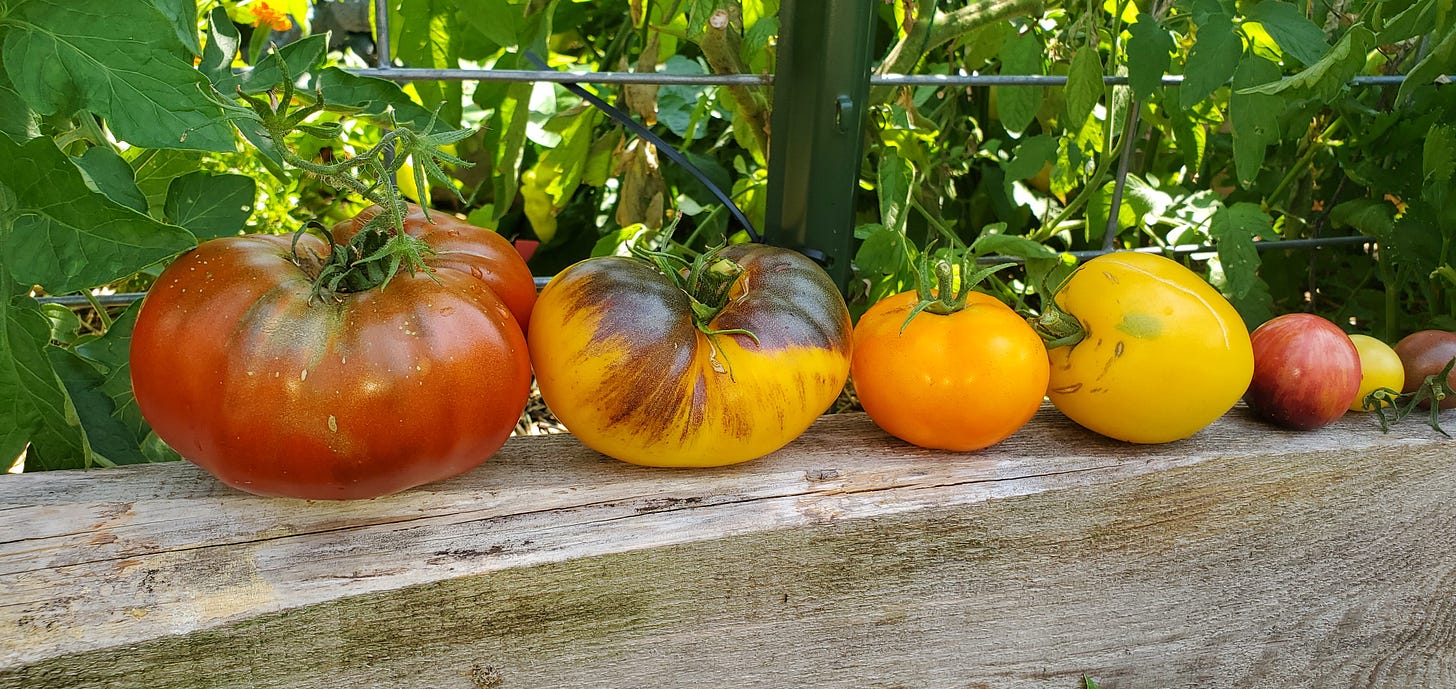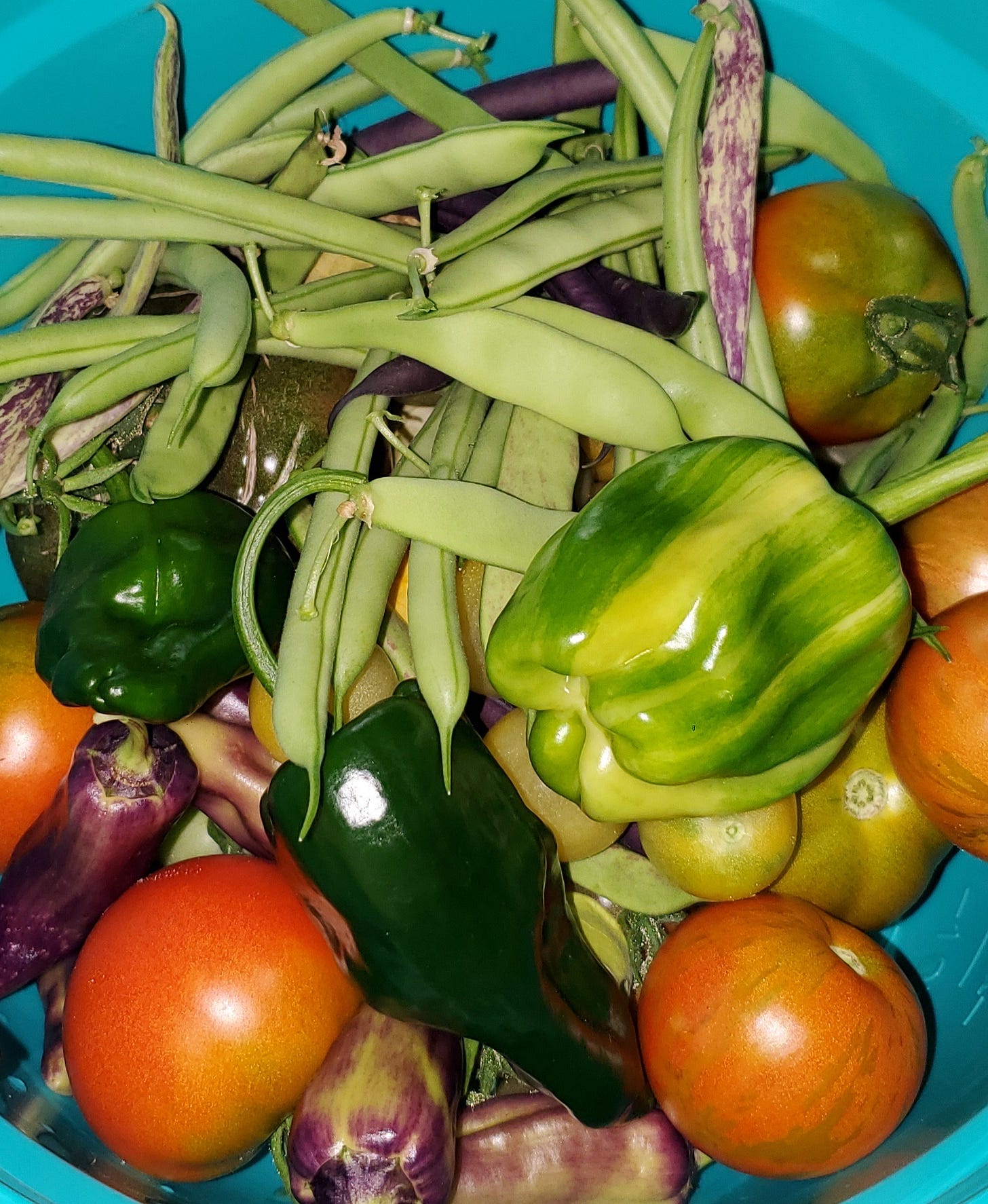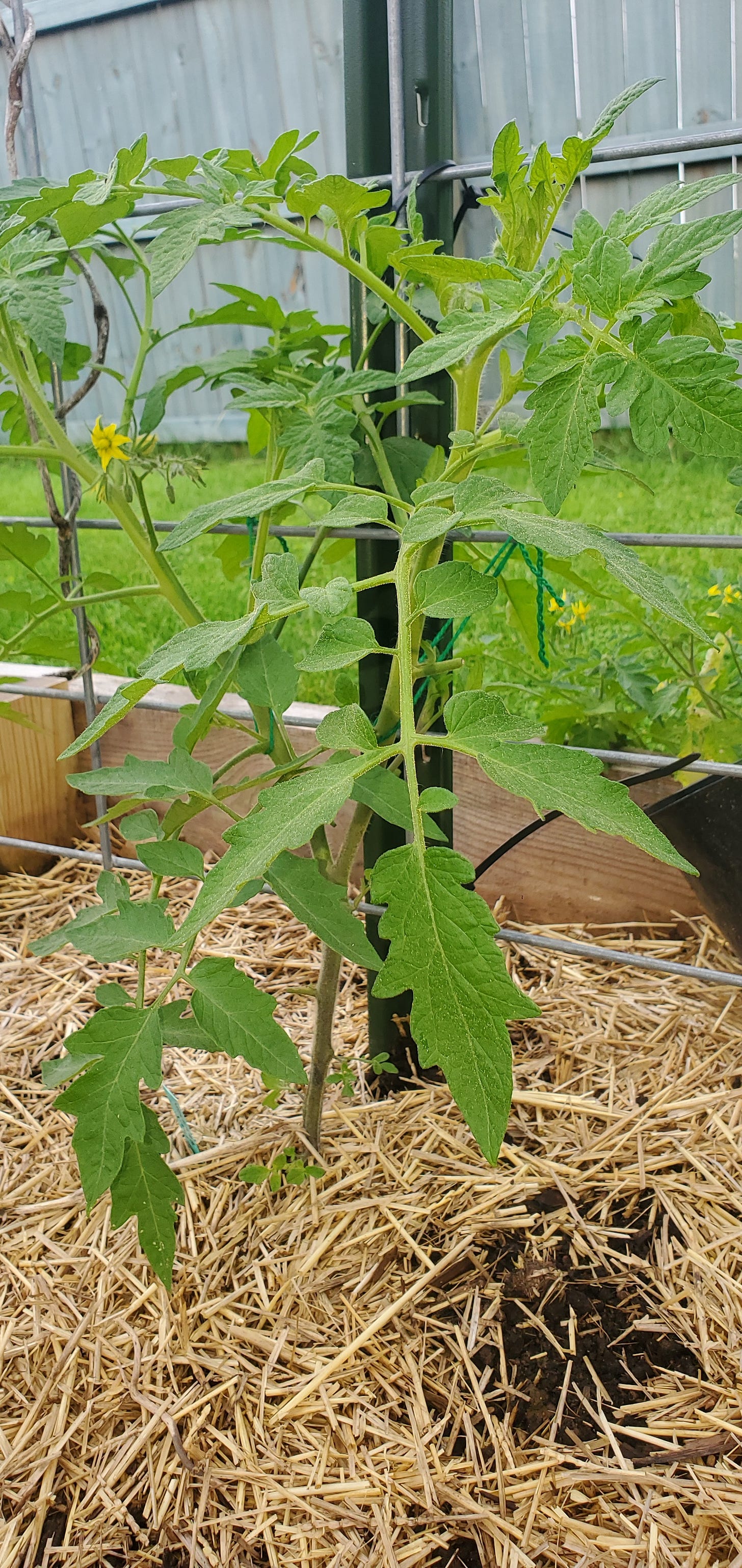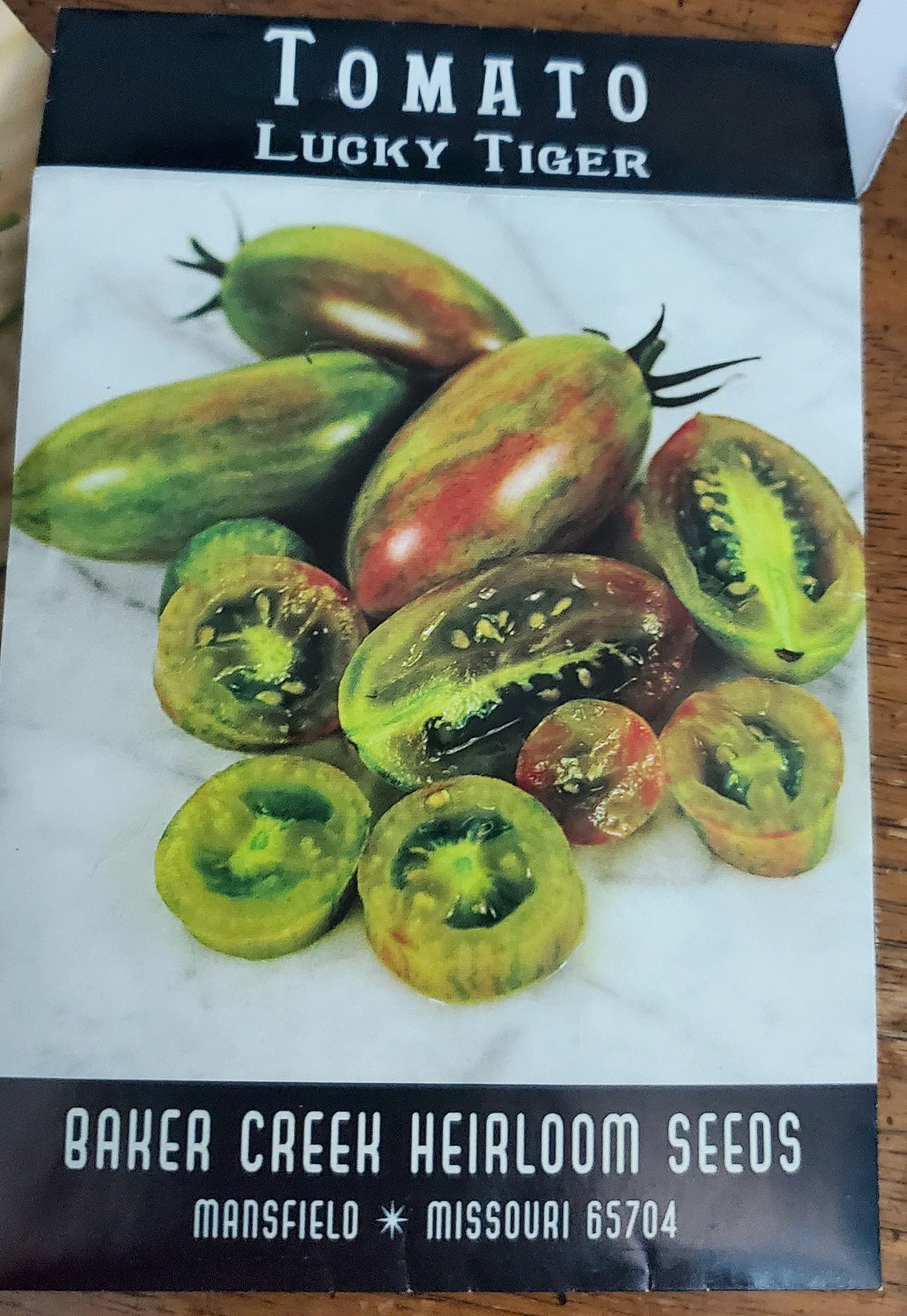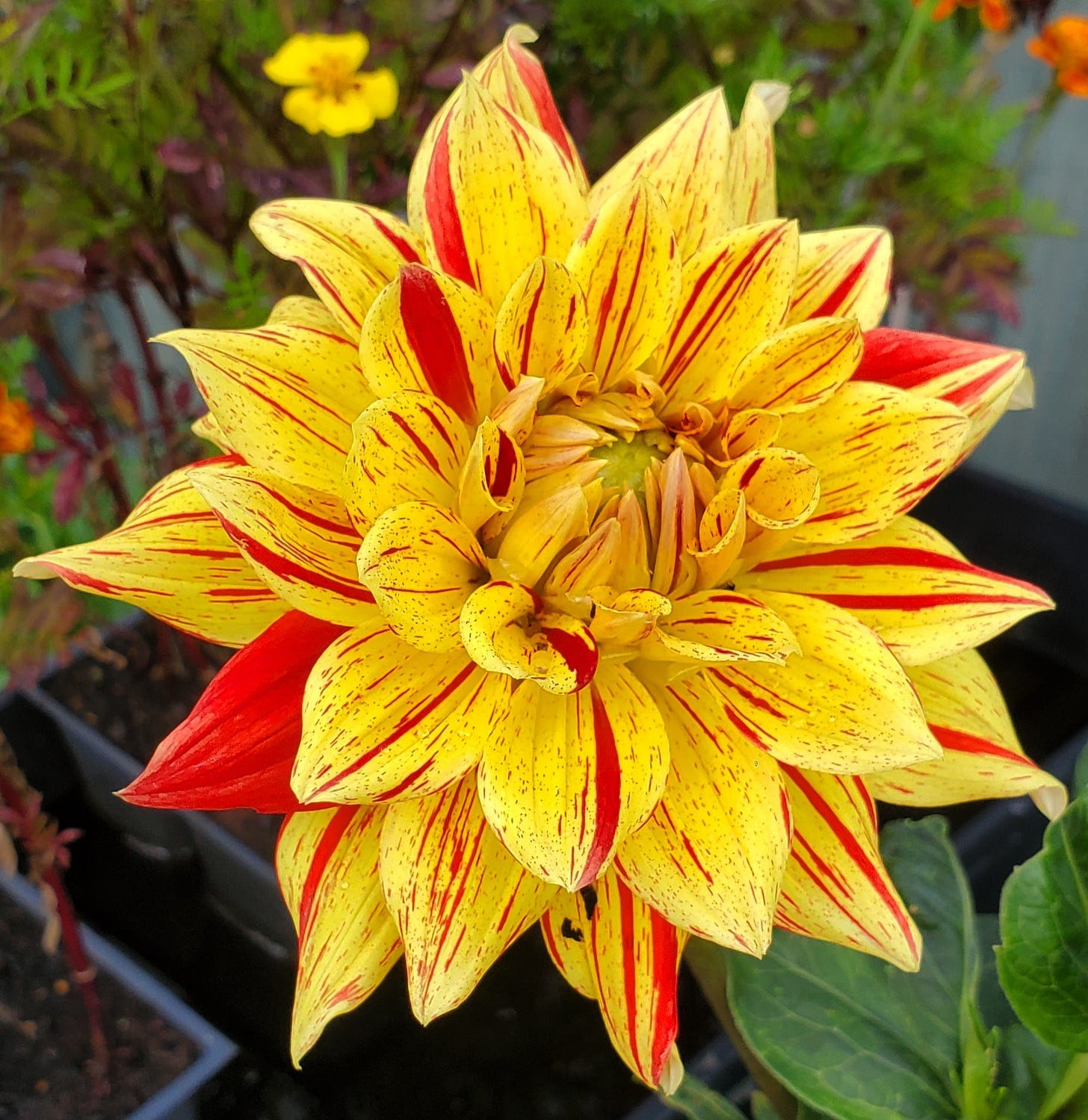Is Gardening Worth the Cost?
Many question if gardening is worth the cost when contemplating becoming a gardener. Some even question it midway through their garden journey. There is an ongoing joke about how much it costs to grow a tomato. So is it actually worth it?
Value of the Bounty
Before we get into the facts, let’s start with why you are really here. You are here for the food that will come out of your garden. Imagine that glorious juicy slicer tomato cut fresh from the garden for your summer tomato sandwich. Taste the flavor of your favorite snacking tomatoes fresh off the vine.
Think all the fresh peppers for all your favorite recipes. Picture the pie that will win your local pie competition with the fresh pumpkin picked from your very own garden. Savor the fact that you grow things you cannot find at your local grocery store.
THIS is what gardening is about. It is a beautiful connection with the food that you grow by your own hands. Watching the seed you stuck in soil turn to seedling, transplanting it out, and nurturing it to a mature plant. It’s a journey you take through the season. It is filled with beauty and the promise of food security. It is also filled with accomplishment in your abilities. Every time you take a walk through the garden and find something new, it brings an enormous amount of pride and joy.
So my answer is yes, gardening is worth the cost. But if you still aren’t convinced and follow with a logical mind, let’s break down the cost of money and time.
Type of Garden
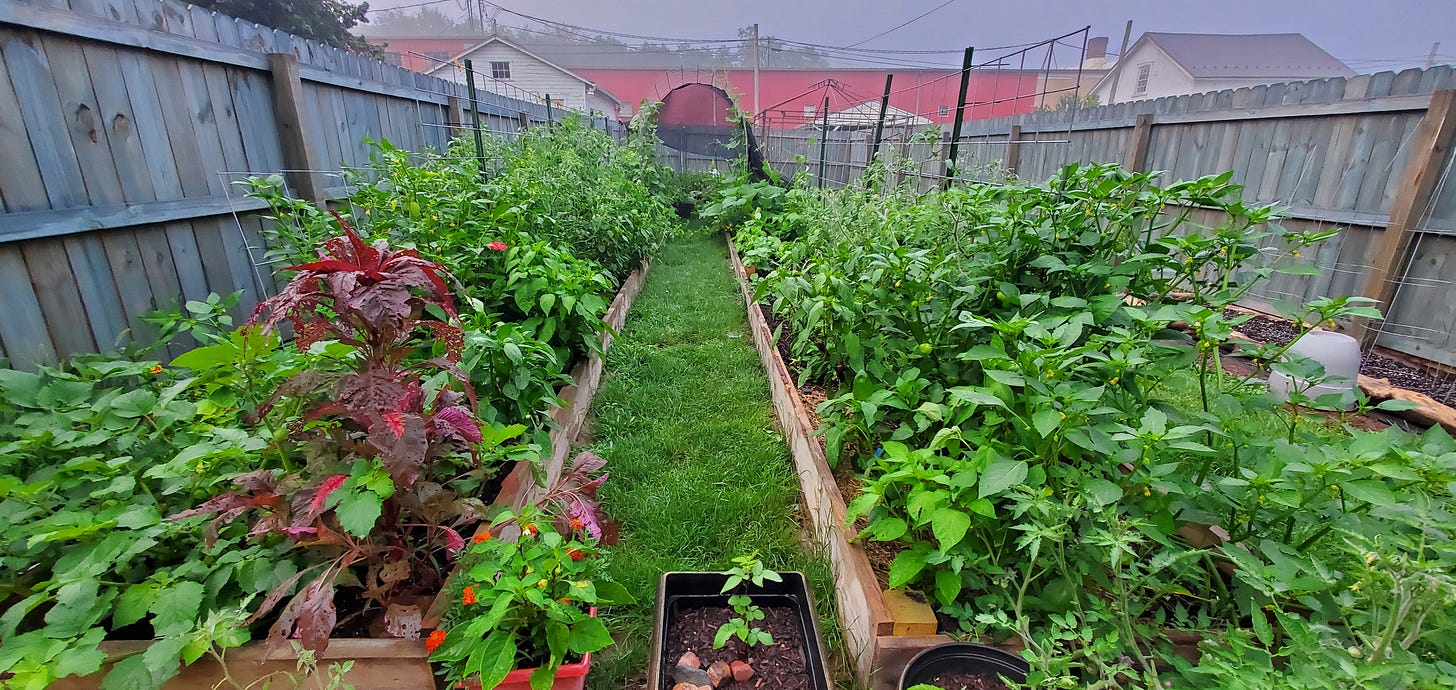
Starting a garden can be big up front cost. The price varying greatly with your choice of garden and the size you wish it to be. However, it can be done on a budget. Let’s look at the options.
For example, the most popular style of gardening is raised beds. This would entail some sort of material whether that be wood, galvanized metal, bricks, etc. Then you need the soil to fill those beds. The material and soil are the 2 largest costs. Save money for this option by sourcing free material from neighbors or finding cheap items on your local marketplace.
On the flip side, you don’t actually need the material. You could throw soil down on top of cardboard, skip half the cost, and call it a day. Save money here by sourcing local bulk soil, such as mushroom soil. It is sold by the scoop and will save literal hundreds compared to buying bagged soil.
Even better, if you have decent soil, planting directly in the ground is typically the cheapest route. You may need tools to till, save money by borrowing or renting these items. Other than that, your only cost at that point are the seeds and of course the water.
Simplify Hard Work
Let’s say you’ve established your garden. The next common question is what about the work you have to put in? Gardening doesn’t happen all on its own. There is pruning to be done, weeds to be kept up with, and at some point you have to harvest food.
The beauty of the garden though is that it will in fact grow without you once its established. So if life gets in the way or you just need a break, a few days isn’t going to hurt the garden. As long as you keep up with watering, it is ok for the garden to be left wild here and there. A messy garden is just fine.
There are also methods of what I call lazy gardening. Things you can do to lessen the time needed to be spent working in the garden. Straw or a living mulch can prevent weeds. It can also help maintain moisture levels to cut down on watering. Trap crops an be used to take care of pests for you.
There is always a way to make gardening chores simpler.
Purchasing Seeds
Let’s not forget the most important part. You can’t have plants without the seeds. This can be, by far, the cheapest part of gardening. Depending on your purchase, an average seed packet can have anywhere from 30 to 300 seeds or more. Most cost no more than 3.00. That is a lot of potential plants grown for just pennies a seed.
A single tomato plant can grow several pounds of tomatoes, tomatoes that would have costed you at least 2.00 a pound typically. When instead for a few cents you could have several pounds. Not only that, you can have any variety you wish.
Starting from seed gives you the ability to grow more varieties than you have ever dreamed of. Varieties that taste 10 times better than grocery store produce. The possibilities are endless. This is also where I find the most joy, trying new things every season while keeping a handful of favorites.
Cost of Water
Last but not least, let’s talk about watering. This is of course a cost. You must pay for water and it is something to consider. However, there are ways to save here as well. Mulch was mentioned earlier by means of straw or a living mulch. Mulching provides a layer of protection to your soil, holding moisture longer. This means less watering. You can also collet rain water where feasible to offset costs. Creating a microclimate can also lessen the amount of needed watering.
Is Gardening Worth the Cost: Heck Yes!
I will always think that gardening is worth it. Growing your own food is a source of not just sustainability but also connection with nature. It brings joy as you wonder at the curiosities you will undoubtedly find in your garden. It provides a sense of pride and encouragement when you watch your garden go from seed to glorious full grown chaos.
If you are thinking about starting a garden, I dare you to bring fulfillment to your life. If you are in the midst of your gardening season about to throw in the towel, I encourage you to revisit the beauty in your garden to remember why you love it so much.
I leave you with this tip, always plant flowers of encouragement. Things that bring you pure happiness. They will always remind you why you enjoy gardening.
Please subscribe for more outdoor content. Leave a comment if you want to hear about a specific topic.




